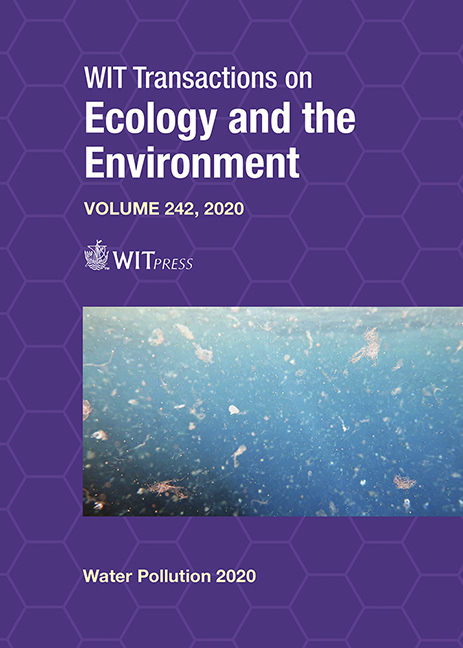METHODOLOGICAL APPROACH FOR THE DELIMITATION OF “NO BATHING AREAS” IN MARINE COASTAL ZONES CLOSE TO THE OUTLETS OF NATURAL AND ARTIFICIAL WATER COURSES IN BASILICATA REGION, ITALY
Price
Free (open access)
Transaction
Volume
242
Pages
11
Page Range
97 - 107
Published
2020
Paper DOI
10.2495/WP200091
Copyright
WIT Press
Author(s)
MICHELE GRECO, NICOLA UNGARO, GAETANO CARICATO, GIOVANNI MARTINO, LORENA DI GIUSEPPE, GIUSEPPE GIMBATTI, PATRIZIA MAURO, ANNA MONTELLA, GIOVANNI MUSSUTO, MARIA E. SALERA, DOMENICO FARAONE, CARMELA DI GRAZIA, PASQUALE DE LUISE
Abstract
The Basilicata coasts, both Tyrrhenian and Ionian, are characterised by a considerable number of water courses both natural and artificial, which represent critical points for influence on marine bathing water quality. In such a context, according to the Water Framework Directive (2000/60/EC) and Water Bathing Directive (2006/7/EC), it has been necessary to carry out a systematic water quality check integrating the ordinary monitoring activity lead by the Regional Environmental Protection Agency of Basilicata (ARPAB) in order to provide a preliminary characterization of the marine waters for bathing purposes. The adopted methodological approach suggests to apply a 1-D model for pollutant transport and diffusion/dispersion in water bodies in order to perform a preliminary assessment of the width of the “no bathing area,” including the water-course mouth. Calibration has been provided using episodic data collected in some of the artificial and natural water courses flowing into the Basilicata seas. Moreover, the assessment of the longshore width of these “no bathing areas” is generally aligned with the middle axis of the water course mouths. It has been obtained by simulating the diffusion/dispersion plume using episodic data and systematically collected ones during the bathing seasons, starting from 2011. In such a framework, the model results suggest a differentiation between Ionian and Tyrrhenian coasts due to the local littoral morphology as well as to the natural deltas and artificial outlets. Therefore, in “no bathing areas” of the Ionian coast, the methodological approach proposes a width of 40 m for artificial water course outlets and 100 m for natural water course outlets. However, the proposed “no bathing area” of the Tyrrhenian coast is 20 m wide with only one artificial water course outlet.
Keywords
no bathing area, water framework directive, bathing water directive, marine waters monitoring, diffusion model





